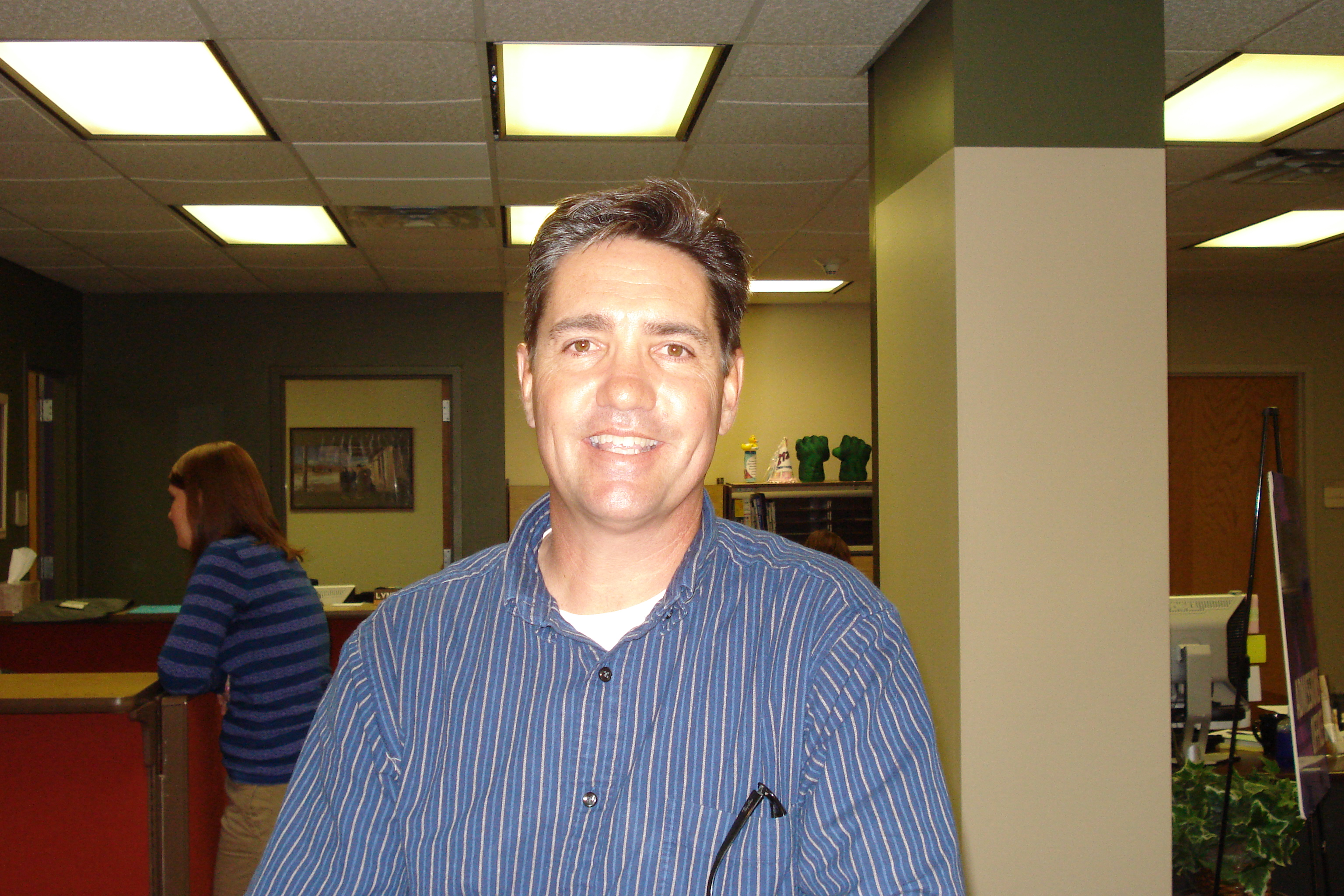And many were gathered together, so that there was no more room, not even at the door. And he was preaching the word to them. And they came, bringing to him a paralytic carried by four men. And when they could not get near him because of the crowd, they removed the roof above him, and when they had made an opening, they let down the bed on which the paralytic lay. Mark 2:2–4, ESV
The dynamic movement and action in the Gospel of Mark gives us a picture of Jesus, the servant. He was on a mission and had a sense of urgency about accomplishing his purpose. Jesus had returned to Capernaum. It was a time of high popularity for Jesus because of his preaching and the miracles he performed. It did not take long for word to spread that Jesus had returned.
Mark 2:2 says the people gathered in such large numbers that there was no room left, not even outside the door, and Jesus preached the word to them. In my vivid imagination, I see shoulder-to-shoulder people in the house, spilling out the front door all down the street. You would think since all these people came out in this crowd, everyone came to hear a word from the Lord, but that was not the case at all. Instead, many viewed Jesus’s ability to draw a crowd as potentially dangerous, and some religious and political leaders came to make a case against him.
Against this backdrop, in Mark 2:3–4, four men carried a paralyzed man to Jesus. Since it was impossible to get to him through the crowded door, they created an opening in the roof and lowered the man into the presence of Jesus.
What may be impossible for us to do alone is often made possible when we work in unity with others to accomplish it. We don’t have to look beyond our church, families, or communities to find someone whose life condition has rendered them paralyzed. We can learn from the behaviors and attitudes exhibited by these men to enable us to be vessels to bring someone to Jesus.
First, they met the paralyzed man where his human condition had taken him. The man could not walk. We do not know the how or the why behind his condition. But we know he could not make it to Jesus alone. Compassion and love lifted the man.
Secondly, the men had a unified mission to get the paralyzed man to Jesus. They realized the burden was too much for one person to carry, but four working together could bear the weight. They had to overcome barriers to get to Jesus, but that didn’t stop them!
Thirdly, the men believed Jesus was the remedy for the paralyzed man’s condition.
This story stands in sharp contrast to the familiar illustration of a man whose friends watch from the shore while he drowns in the ocean. The contrasting stories present a challenge for us.
As we look forward to the summer months—planning for classes, vacations, and other activities—are we willing to be used by God as vessels to bring others to Jesus? Consider who in your circle of influence may be struggling. Are you willing to meet them at their point of need, believing that Jesus Christ has an answer?
How much are we willing to do to bring someone to Jesus?
When Jesus saw their faith, he said to the paralyzed man, “Son, your sins are forgiven.” Mark 2:5, ESV
Talulah Ruger, RN, MSN (MACE, 2006) is a retired oncology nurse, Bible teacher, motivational speaker, and writer. Talulah is the CEO and founder of Talulah Ruger Ministries, a teaching ministry to inspire and motivate people 50 and older to use their faith experience and life stories to positively influence the now generation and the next through intergenerational mentoring. She is also an instructor for the Opened Bible Academy.
, Richard (ThM 84, DMin 93) and David (ThM 73) Hornok.jpg)


